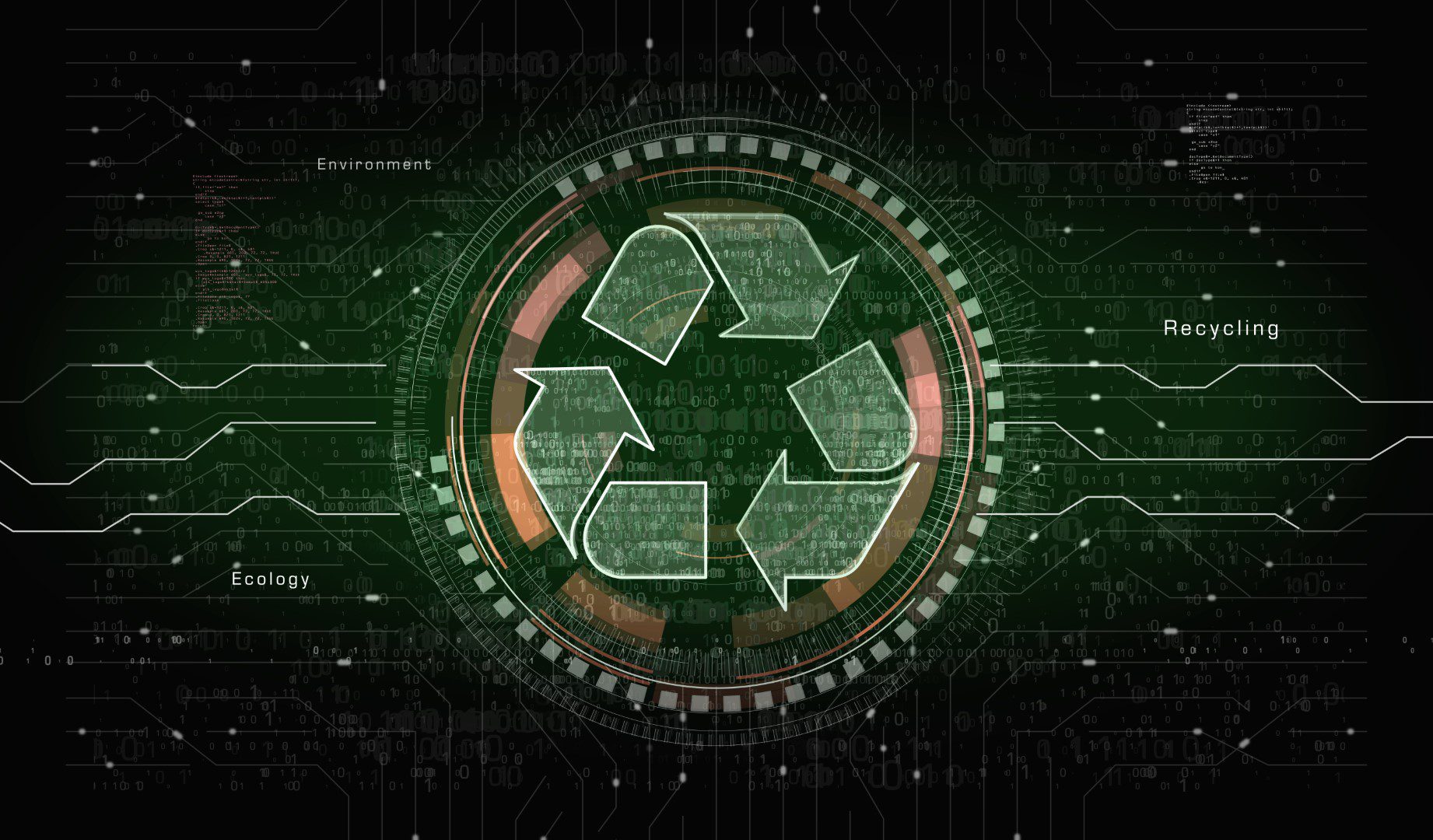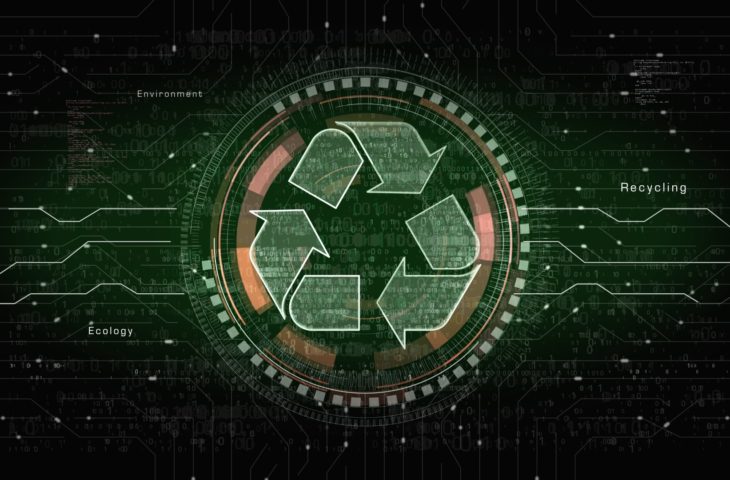How reuse saves the government tens of millions
- October 17, 2023
- 0
Government ICT can be more efficient. It was not for nothing that Frank Robben, CEO of Smals, traveled around the country to convince developers of this. By focusing
Government ICT can be more efficient. It was not for nothing that Frank Robben, CEO of Smals, traveled around the country to convince developers of this. By focusing


Government ICT can be more efficient. It was not for nothing that Frank Robben, CEO of Smals, traveled around the country to convince developers of this. By focusing on reuse, citizens not only gain consistency, but digitalization projects also use significantly less tax money.
Frank Robben, CEO of the ICT service provider of the state social insurance Smals, personally knocked on the doors of numerous IT companies across the country this year. These private partners help the complex government with its digitalization projects, and these don’t always go as smoothly as they could.
Robben has emerged as an evangelist for ICT reuse. Reuse, or simply reuse, is a practice of writing code with as few duplicates as possible. No duplication of work ensures faster but also more cost-effective results. The latter is always important, but especially for a government that must handle its citizens’ tax dollars with due care.
Reuse in ICT starts with a vision. Projects must always be developed with reuse in mind, so monolithic applications are no longer an option. Finally, reuse goes hand in hand with a modern IT architecture based on microservices. Developers can then build such microservices with reuse in mind, making them available for future applications.
Smals has been working on reuse for some time, but in 2018 the concept really took off. “We then decided to put Reuse on the map based on a four-pillar vision and a clear strategic plan,” says Karel Van Eeckhoutte, Business Unit Manager at Smals. A catalog of reusable components was created, networks were developed, reuse was integrated into the culture, and a focus on reuse was placed on every project.
At the start of a new project or initiative, we immediately check whether reuse is possible.
Karel Van Eeckhoutte, Smals Division Manager
“From the start of a new project or initiative, we immediately check whether reuse is possible,” says Van Eeckhoutte. “The sooner we know this, the more room there is for adjustments. The catalog not only provides insight into the reusable components, but also provides information about the savings that reuse brings. We see reuse as a strategic advantage to increase the efficiency and effectiveness of projects.”
Thanks to Smals’ experience, Robben already has numerous examples that show exactly what reuse is all about. For example, there is an intelligent form component for submitting questions or requests that can be used again and again for new projects. For payments there is a Coda reader, there is an identity and access management module and so on. Social inspection services use their smartphones to carry out all kinds of checks on site “in real time” thanks to the link to ten databases. And during the Covid crisis, reuse has been a key factor in a rapid and strong response.
Think of the components as building blocks. These building blocks allow you to quickly put together an application based on sophisticated components that deliver new functionality to citizens or services in a very short time. This is much more efficient than developing an app from scratch. The application for contact tracing during the Corona pandemic was created in just a few weeks with existing components, whereas without them it would have taken months.
Reuse is largely based on APIs. These APIs enable access to important databases or functions in the backend; with a suitable frontend on top, a new app can be created in no time. It is important that cooperating services reach agreement on standards to enable compatibility.
Robben wants to involve the private sector in the Reuse story. The aim is, on the one hand, for commissioned companies to work with APIs and components in the reuse catalog and, on the other hand, to develop them with reuse in mind. A car manufacturer doesn’t reinvent the wheel with a new car model. So why should a developer have to write a new login portal for a new app every time?
The API-driven architecture has another advantage. Instead of copying data every time, different applications can work with the same data source. This has actually been necessary since 2014, when the government decided that public services are not actually allowed to collect information from a citizen if it is already known to another department.
Robben doesn’t sell science fiction. At Smals, reuse is already fully established and the numbers prove it. Robben: “66 percent of all functionality in our applications is provided by reusing existing components from the catalog. Another six percent are developed from scratch and then end up in the catalog. Developers write only 28 percent of new code tailored to a specific application.”
Robben calculates that this has a very concrete impact on the budget. “Thanks to our high degree of reuse, we at Smals achieve a total cost reduction of fifty percent of the project costs.” Smals is no small shrimp, so fifty percent represents a nice amount. There is an average saving of around 27,000 euros per reused component. In 2022, the focus on reuse at Smals alone would lead to total savings of around 32 million euros.
Thanks to reuse, we at Smals achieve an overall cost reduction of fifty percent of the project costs.
Karel Van Eeckhoutte, Smals Division Manager
The Belgian government is fragmented, but that doesn’t have to be a problem. By focusing on microservices, developing them with reuse in mind, and providing APIs, every service can do more with less.
A reuse-based architecture has a positive impact on citizens and businesses faced with a digital government that looks more like a whole. In addition, applications become more robust because individual components can be quickly updated for all users. This means there is no need to delve into millions of lines of legacy code from five different projects to customize similar functionality each time.
Ultimately, Robben hopes that with his plea for reuse, ICT will become a catalyst for change rather than being seen as a stumbling block. Private companies must participate because tax money is valuable. Duplication of effort is therefore difficult to justify. In return, government projects become faster and cheaper for developers.
Smals leads by example. It’s hard to argue with an annual saving of 32 million euros that comes with better and faster developed applications. The vision is there, the huge catalog is there and the first step has been taken. Now developers of other public services and private companies must follow suit.
Source: IT Daily
As an experienced journalist and author, Mary has been reporting on the latest news and trends for over 5 years. With a passion for uncovering the stories behind the headlines, Mary has earned a reputation as a trusted voice in the world of journalism. Her writing style is insightful, engaging and thought-provoking, as she takes a deep dive into the most pressing issues of our time.